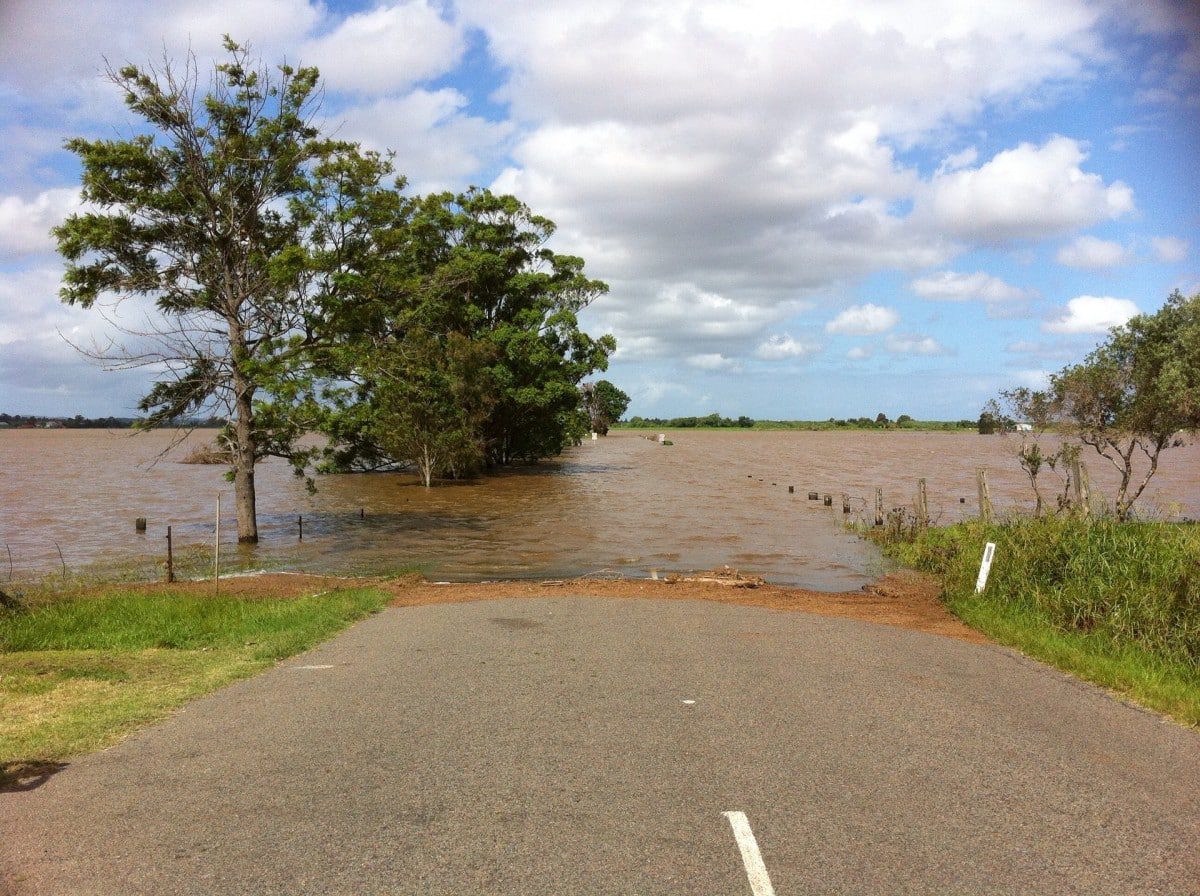The UK government has an emergency alerts system called “Emergency Alerts.” It is a new system that was launched in 2021 to warn people about emergencies and potential dangers in their area. The system is designed to send alerts to people’s mobile phones when there is a risk to life or property in their vicinity.
The alerts are sent by the government’s emergency response agencies and are designed to provide essential information and instructions about the emergency, such as what is happening, what people need to do, and where to go for help. The alerts are sent based on the location of the mobile phone, so people only receive alerts about emergencies that are relevant to them.
The system is free to use, and people do not need to sign up to receive the alerts. The alerts will be sent automatically to all compatible mobile devices in the affected area. However, people can opt-out of receiving the alerts if they do not wish to receive them.
Overall, the Emergency Alerts system is designed to help keep people safe and informed during emergencies and is part of the UK government’s efforts to improve its emergency response capabilities.
Testing will be happening in April.
A UK-wide alerts test will take place in the early evening of Sunday 23 April which will see people receive a test message on their mobile phones.
The alerts will only ever come from the Government or emergency services, and they will issue a warning, always include the details of the area impacted, and provide instructions about how best to respond – linking to gov.uk/alerts where people can receive further information.
Emergency Alerts will be used very rarely – only being sent where there is an immediate risk to people’s lives – so people may not receive an alert for months, or even years.
The service has already been used successfully in a number of other countries, including the US, Canada, the Netherlands and Japan, where it has been widely credited with saving lives, for example, during severe weather events. In the UK, alerts could be used to tell residents of villages being encroached by wildfires, or of severe flooding.
By broadcasting from cell towers in the vicinity of an emergency, the alerts are secure, free to receive, and one-way. They do not reveal anyone’s location or collect personal data. Alerts can only be sent by authorised Governmental and Emergency Services users. Successful live tests of the service have already taken place in East Suffolk and Reading.
Frequently Asked Questions
What will an emergency alert look like?
Emergency Alerts will appear on your device and you will hear a loud siren-like sound for up to 10 seconds. It will appear on your device’s home screen and you must acknowledge it before you can use other features. They appear as a notification and may include telephone numbers or website links containing further information. A loud, siren-like sound and vibration will accompany the message to raise awareness of the hazard or threat.
What shall I do when I receive the National Test Message on 23 April?
When you receive the Welcome Message you do not need to take any action. The siren will stop automatically after ten seconds. A welcome message will stay on screen until you acknowledge it, just like a ‘low battery’ warning.
What will emergency alerts be used for?
Emergency alerts will be used to inform people about severe threats to life in particular
areas, such as flooding or wildfires.
Are emergency alerts free?
Emergency alerts are a free service provided by the UK Government.
Will people living in Scotland, Wales and Northern Ireland receive emergency alerts?
People living in all parts of the UK will be able to receive emergency alerts.
What should I do if I receive a real emergency alert?
When you get an alert, stop what you’re doing (when it is safe to do so) and follow the
instructions in the alert. If you are driving, as when receiving any phone call or message, do
not look at or touch your phone until it is safe to do so.
Will the Government use emergency alerts to spam me?
No. Emergency alerts will only be used to warn you about an immediate threat to life.
Does the Government use my personal data to send an emergency alert?
No. The system uses the cell tower your phone is connected to. When an alert is triggered, all towers in the area will broadcast the alert. To do this the Government does not need to know the specific location or personal data on your device.
Will I still receive emergency alerts if I don’t have a smartphone?
Emergency alerts work on all 4G and 5G phone networks widely used by smartphones. This will not include older ‘non-smart’ phones but the 3G technology that they use is being switched off next year. If you do not have a compatible device, you’ll still be informed about an emergency as the emergency services have other ways to warn you when there is a threat to life.
What happens if I receive an emergency alert when I am driving?
You should not read or respond to an emergency alert when you are driving or riding a vehicle. Find somewhere safe and legal to stop before picking up your phone and reading the message. If there is nowhere safe or legal to stop close by, and nobody else is in the vehicle to read the alert, tune into live radio for information until you can find somewhere safe and legal to stop.
Will this affect my battery life?
No. Neither emergency alerts nor having the ability to receive them will impact your phone’s battery life.
How can I unsubscribe from emergency alerts?
You can opt out of the system in your phone’s settings, just search for “emergency alerts”, and turn off ‘severe alerts’ and ‘extreme alerts’. You will not receive alerts if your device is turned off or in airplane mode. However, these alerts are potentially life-saving so we recommend you keep them switched on.









